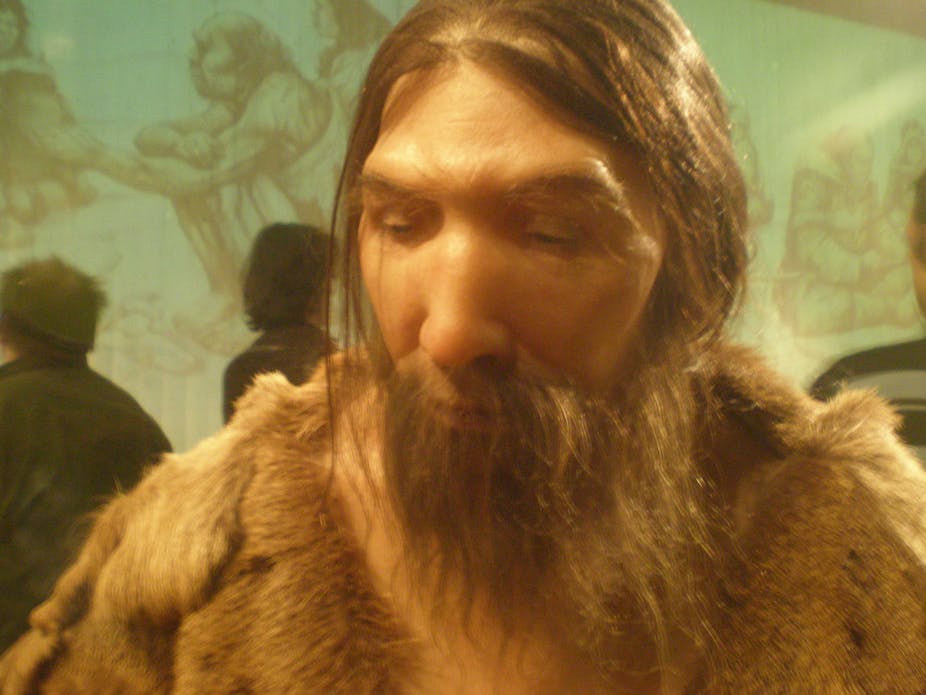Homo sapiens mated with their ancient human counterparts, including Neanderthals, and helped improve the modern human immune system in the process, according to a new study.
Researchers from the Stanford University School of Medicine in California found that certain genes crucial for immune defence first appeared in the modern human genome after contact with archaic people like Neanderthals and Denisovans.
The scientists traced the early history of a group of genes crucial to immune defence known as human leukocyte antigen (HLA) genes and found that they only showed up in groups of archaic humans after they had migrated from Africa.
It was not until modern humans had followed these archaic groups into Eurasia and had contact with them, that this gene appeared on our modern human genome.
Interbreeding between modern humans and their ancient cousins may have helped boost gene diversity and immunity, the researchers wrote in their paper, which was published in the journal Science Express.
“For small migrating populations, admixture with archaic humans could restore HLA diversity following population bottleneck and also provide a rapid way to acquire new advantageous HLA variants already adapted to local pathogens,” the paper said.
Dr Michael Bunce from the School of Biological Sciences at Murdoch University said the study offered a fascinating insight into one of the major parts of the human genome, the immune system.
“It’s really getting to the reason why interbreeding was going on, and providing some quite strong data, I would say, as to why there might be some positive selection, some Darwinian reason,” he said.
As humans ventured out of Africa and into Eurasia, they were exposed to new viruses and bacteria.
“Humans, including archaic ones, are in a constant arms race with bacteria and viruses and of course they change all around the world,” Dr Bunce said.
Today, new forms and combinations of the HLA genes appear in over half of the Eurasian population of humans.
“[The researchers] present some pretty compelling arguments [why] these genes are higher in the population than we would expect them to be and they were never in Africa.”


